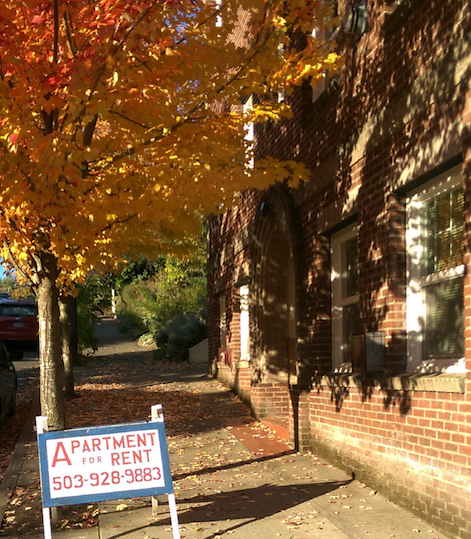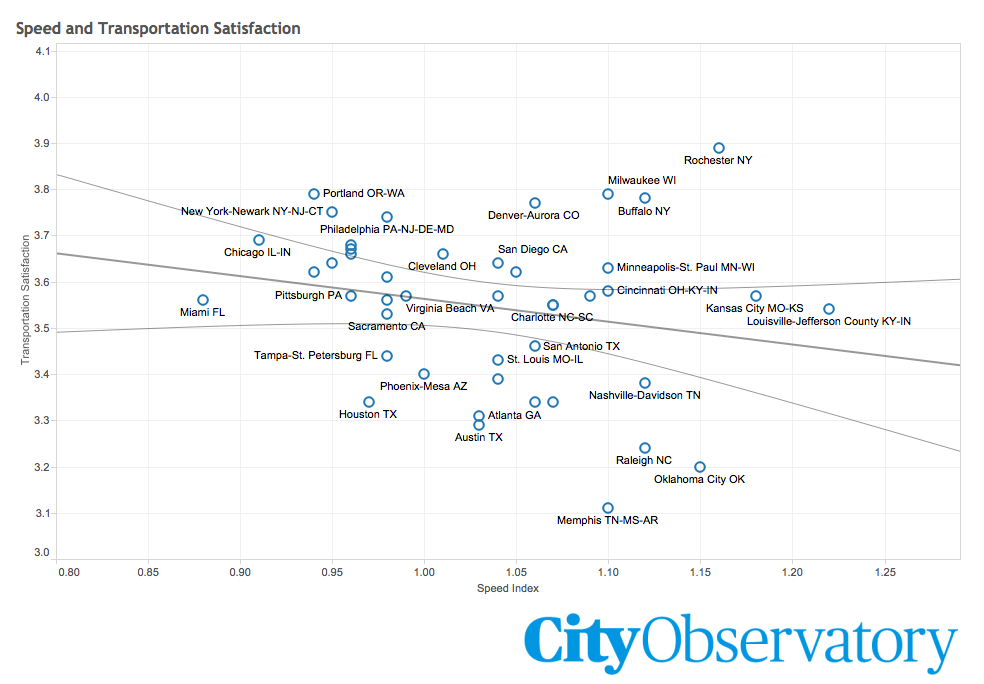Affordable housing and sensible transportation were our most-read features
#7 – Urban myth busting: How building more high income housing helps affordability. One of the predictable lamentations about the housing market is that developers are always building new structures for middle and upper income households, and nothing for the poor. That observation fuels an argument that more new high-end construction somehow makes all housing less affordable.. But building housing for higher income households increases the supply, and means that these households are less likely to compete with everyone else for other housing. This indirect effect is how high income housing actually helps affordability.
#6 – How luxury housing becomes affordable. Housing is a long-lived asset. Most new housing is built for the higher end of the market (see #7, above), but as it ages, it tends to become relatively less attractive. It’s hard to imagine, but many of the apartments built in the 1920s or 1960s were built for the relatively affluent. Today, these older buildings make up the core of every cities more affordable units. This process of depreciation and filtering turns once luxury housing into affordable units, but whether older units become more affordable depends significantly on whether we build enough new units (even for those with higher incomes) to allow this filtering process to proceed.
#5 – The end of the housing supply debate. Some affordable housing advocates are conceding–grudgingly–that increased housing supply will improve affordability and lessen displacement. A recent article in Shelterforce calls for an emphasis on “trickle up” housing–building more publicly subsidized affordable units at the low end of the market, because these units are twice as effective in reducing displacement as building new market-rate units. Given the great expense of new affordable units (up to $700,000 in the Bay Area, for example), we think that’s actually a strong argument for pushing more market rate housing. The evidence suggests that two new high-priced market rate units have basically the same impact in reducing displacement as one additional “affordable” unit. Moreover, the policies that facilitate more market rate housing (more land zoned for apartments, lessened parking requirements, faster approval processes) would also lower the cost of building more affordable housing.
#4 – Signs of the times. A year ago, the only thing scarcer in deep blue Portland Oregon than “Trump for President” lawn signs were “For Rent” signs. What a difference a year makes: a quick survey of Portland neighborhoods shows “For Rent” signs popping up like mushrooms after the first fall rains the in Pacific Northwest. As supply catches up with demand, more apartments (especially older ones) are becoming vacant. It’s the first signal that more supply is going to ease the city’s affordability problems. Rents–which were rising at double digit rates in 2016–are actually down slightly over the past twelve months.
#3 – Carmageddon strikes Atlanta. A fire that led to the collapse of a section of I-85 in Atlanta produced the predictable claims of carmaggedon. It seems obvious that eliminating a stretch of freeway (in car-dependent Atlanta, of all places) that carried more than 250,000 cars per day would wreak havoc on the region’s transportation system. Some news outlooks predicted months of travel chaos. But travel patterns quickly adapted to the changed roadway system–just days after the collapse (and with the roadway still out of commission) traffic in most of the Atlanta region was back to normal (still not great, but normal for Atlanta). It’s a reminder that traffic isn’t an inexorable tide, but the result of the malleable decisions of humans, who as it turns out are pretty good at adapting to change.
#2 – Going faster doesn’t make you happier. The implication of most of the metrics that guide highway planning is that faster is better. But are cities with faster moving traffic better for their residents? We use data from the National Household Travel Survey that compare the relative speeds of travel in different cities and survey data on satisfaction with the local transportation system to explore this question. What we find is that there’s essentially no correlation between travel speeds and citizen satisfaction with the local transportation system. If anything, the relationship is negative: places with faster travel speeds have lower satisfaction. In contrast, we find that longer commute distances have a strong negative correlation with satisfaction. It’s not how fast you drive, its how far you have to travel.
#1 – Don’t demonize driving, just stop subsidizing it. There’s a fair case to be made that cars and driving cause lots of problems, in economic terms, they have significant negative externalities (crashes, congestion, pollution, sprawl, etc.) That doesn’t lead us to want to declare a war on cars. Cars have many important advantages (speed, comfort, privacy, convenience). What we ought to insist upon, however, is that cars and their drivers pay the full costs for the systems they use and the damage they do. If we didn’t subsidize cars and driving so heavily, the negative effects would be far smaller, and we’d all be better off.



